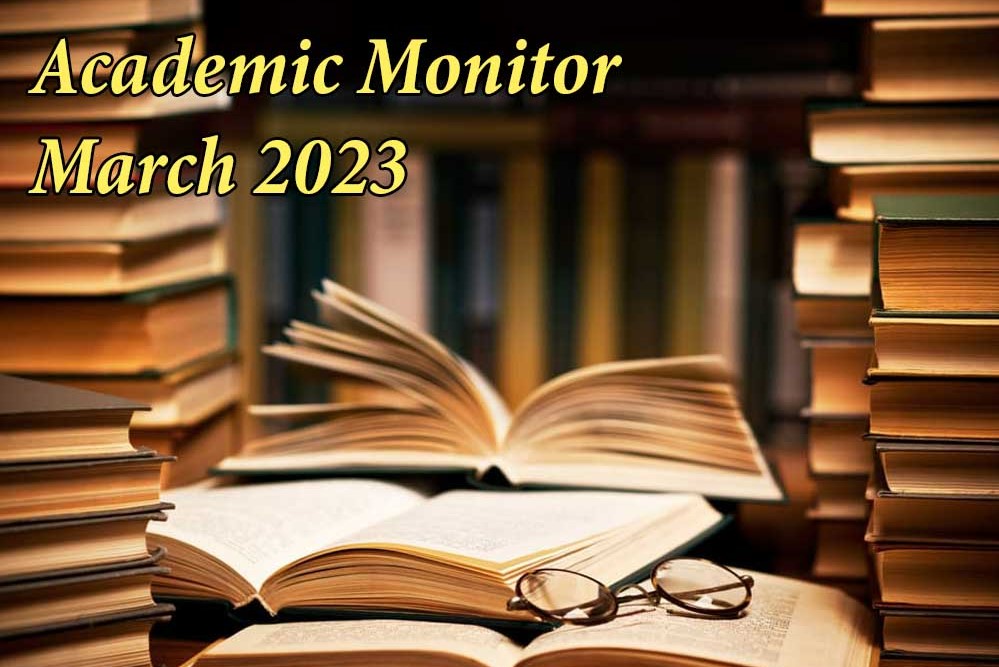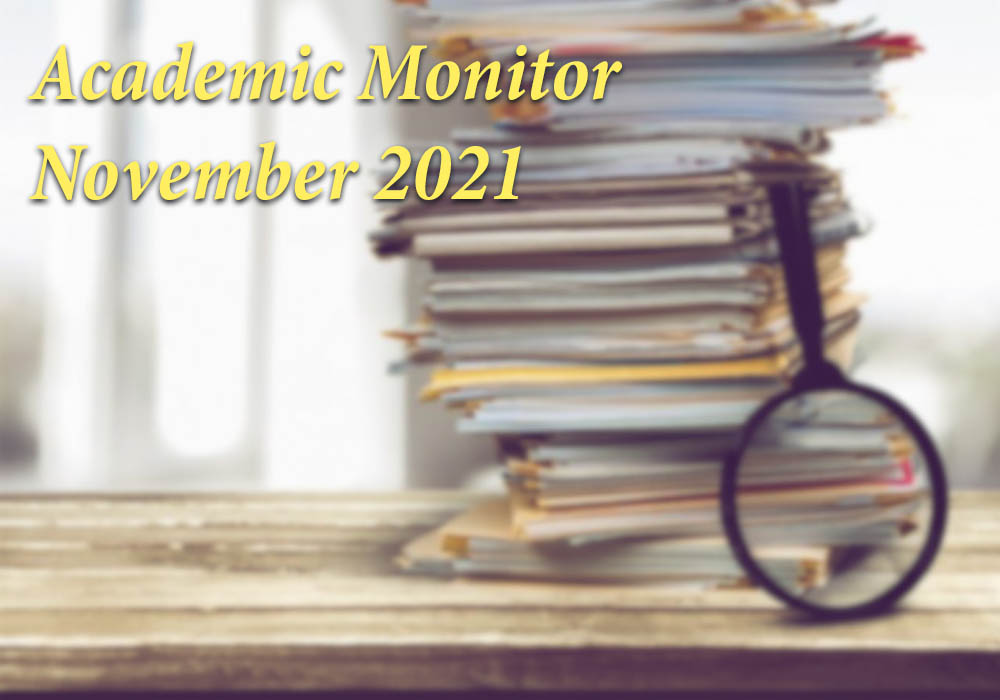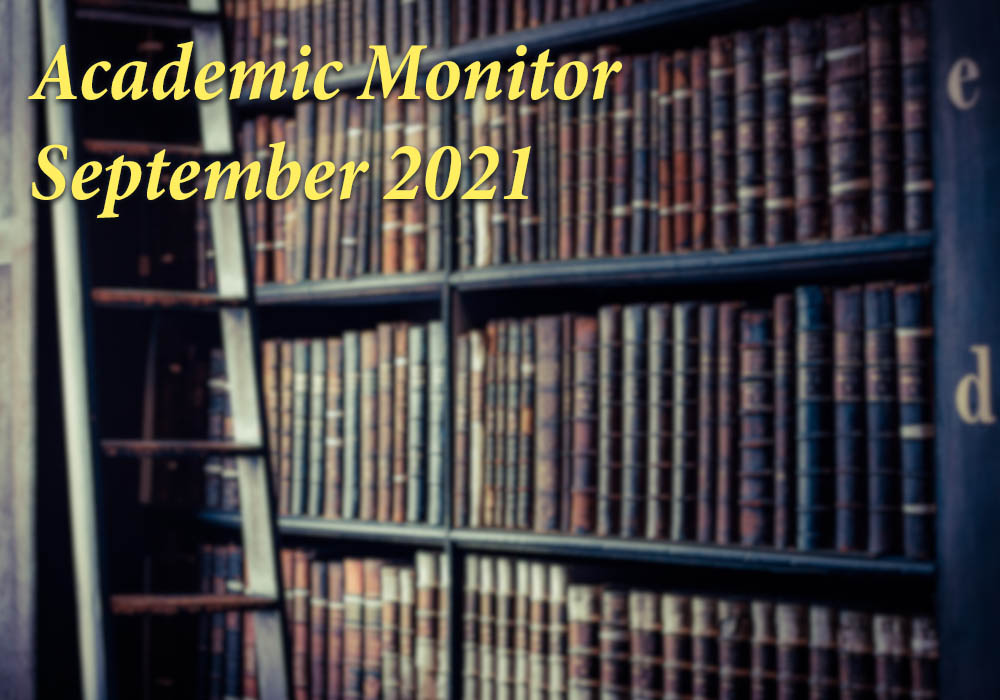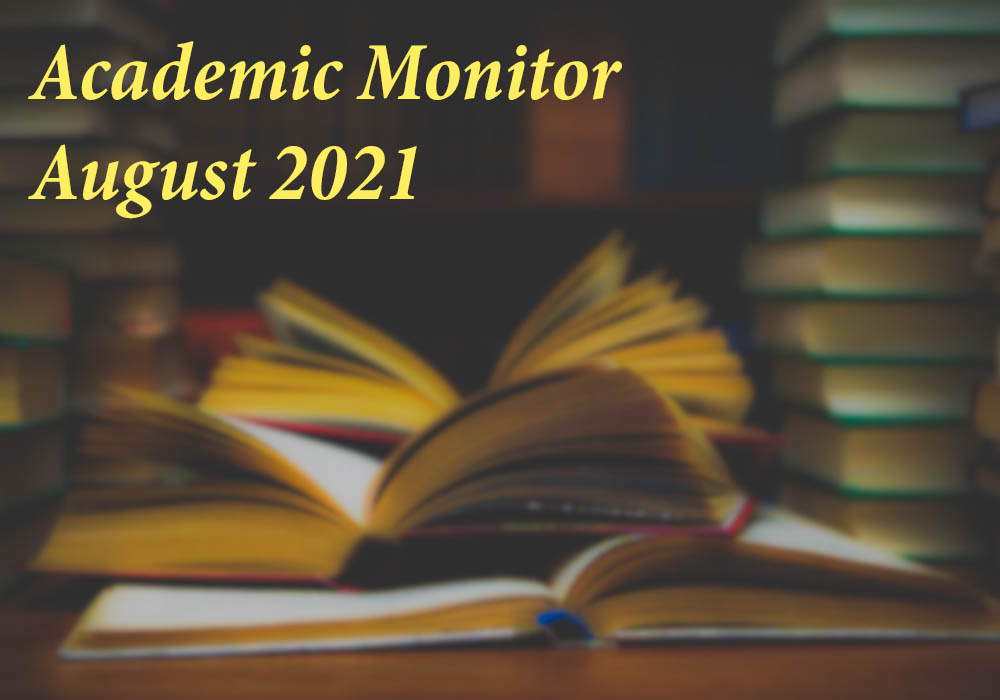
Republic of Kazakhstan
Email: ccasc@kimep.kz

Over the course of the past year, a number of scholars have delved into the intricacies of the relationship between the European Union and Central Asia. This complex subject has been explored from various angles, such as the underlying motivations, the shaping and presentation of the relationship, the evolution of its dynamics over time, and the benefits accrued by the different stakeholders involved. Although it is often assumed that China plays a more prominent economic role in the region, and Russia is regarded as a dominant political strategist, this interpretation oversimplifies the situation. Drawing on the latest research, we aim to provide a comprehensive assessment of the EU's efforts in three key areas of cooperation: economic, societal, and geopolitical.

Throughout November, China-Central Asia relations were analyzed from different perspectives. Despite the Belt and Road Initiative (BRI) being one of the main themes, some new nuances of the enterprise were unveiled along with new interesting themes such as the Chinese soft power and its relations with education; the challenges to China-Central Asia relations imposed by foreign actors and international agreements; the development of the economic corridors within the BRI; and the role of the Shanghai Cooperation Organization (SCO) as a security provider.

Chinese-Central Asian relations was a topic of particular scholarly interest during October. Among the vast volume of works published in the period, some central trends may be highlighted as the most popular topics covered by Academia. In this sense, the Chinese Belt and Road Initiative remains the most cited theme approached by authors. From studies of the historical formulation of the enterprise to its connexions and consequences upon Central Asia, China’s project was responsible for the plural and robust works during the period. In this context, it is important to highlight analyzes conducted about political, economic, industrial and agricultural impacts over Central Asia. Furthermore, balances on the effects of the Chinese project on the Central Asian region were also an interesting debate among scholars throughout October publications. Finally, security matters between China and Central Asia were also featured in some of the works selected in this report.

Chinese-Central Asian relations are advancing in different fields. The strategic nature of such cooperation and its broad spectrum are, together, responsible for the increasing attention such a topic has been gaining among scholars. Through September 2021, features of the economic aspect related to the interactions between China and the Central Asian nations, such as the impacts and directions of Chinese investments, were discussed among academic works, along with the security, infrastructural and even medical aspects of such a relation.

Chinese-Central Asian relations continue to be approached by Academia as a dynamic field given its strategic content and the relevance of its possible outcomes. Through August, from all the diverse academic production on such a theme, some aspects can be highlighted as the main trends analyzed by authors, such as (i) China’s foreign policy strategy towards Central Asia; (ii) the Chinese interests in the regions; and (iii) the main actors involved on Central Asia and their relevance for the Chinese goals.
